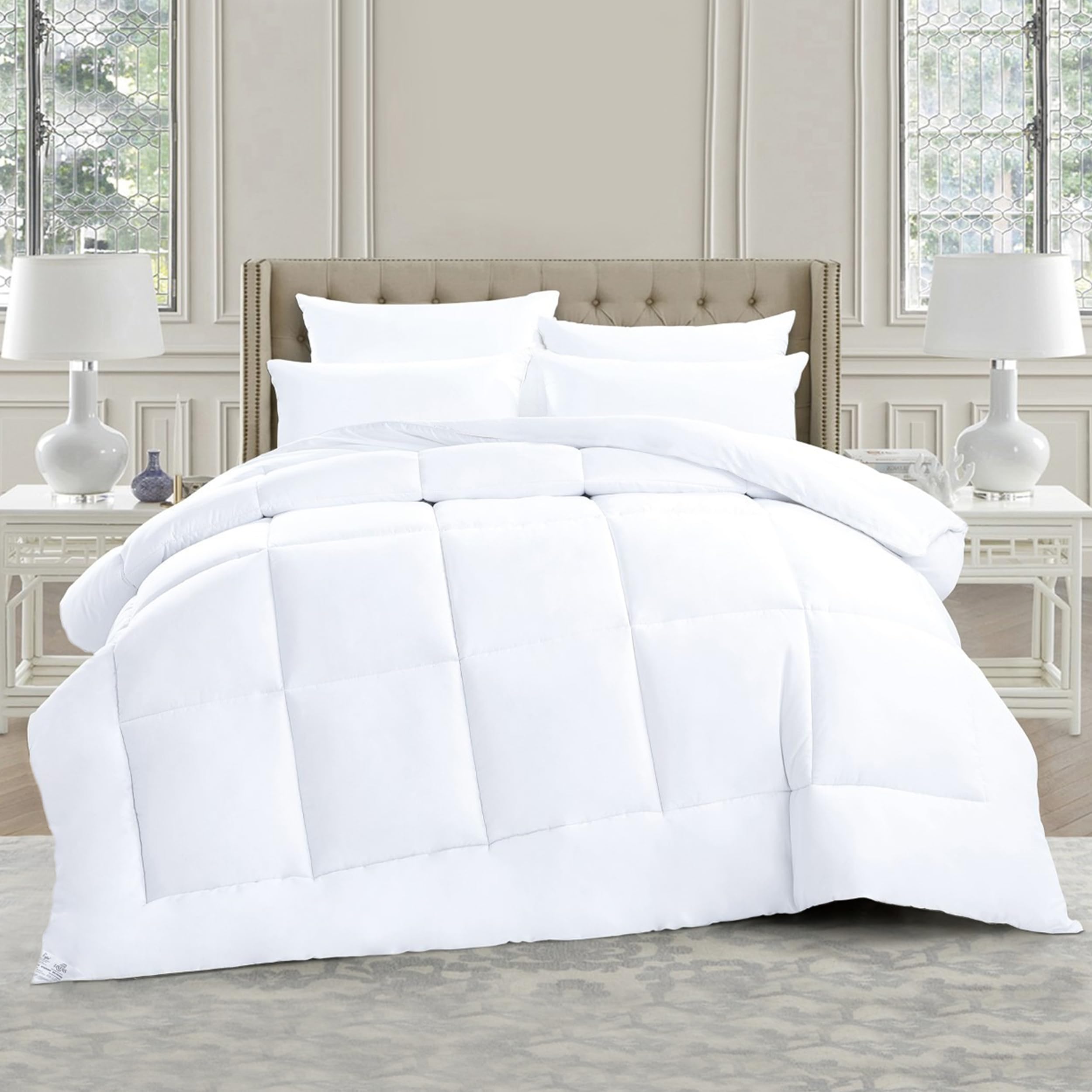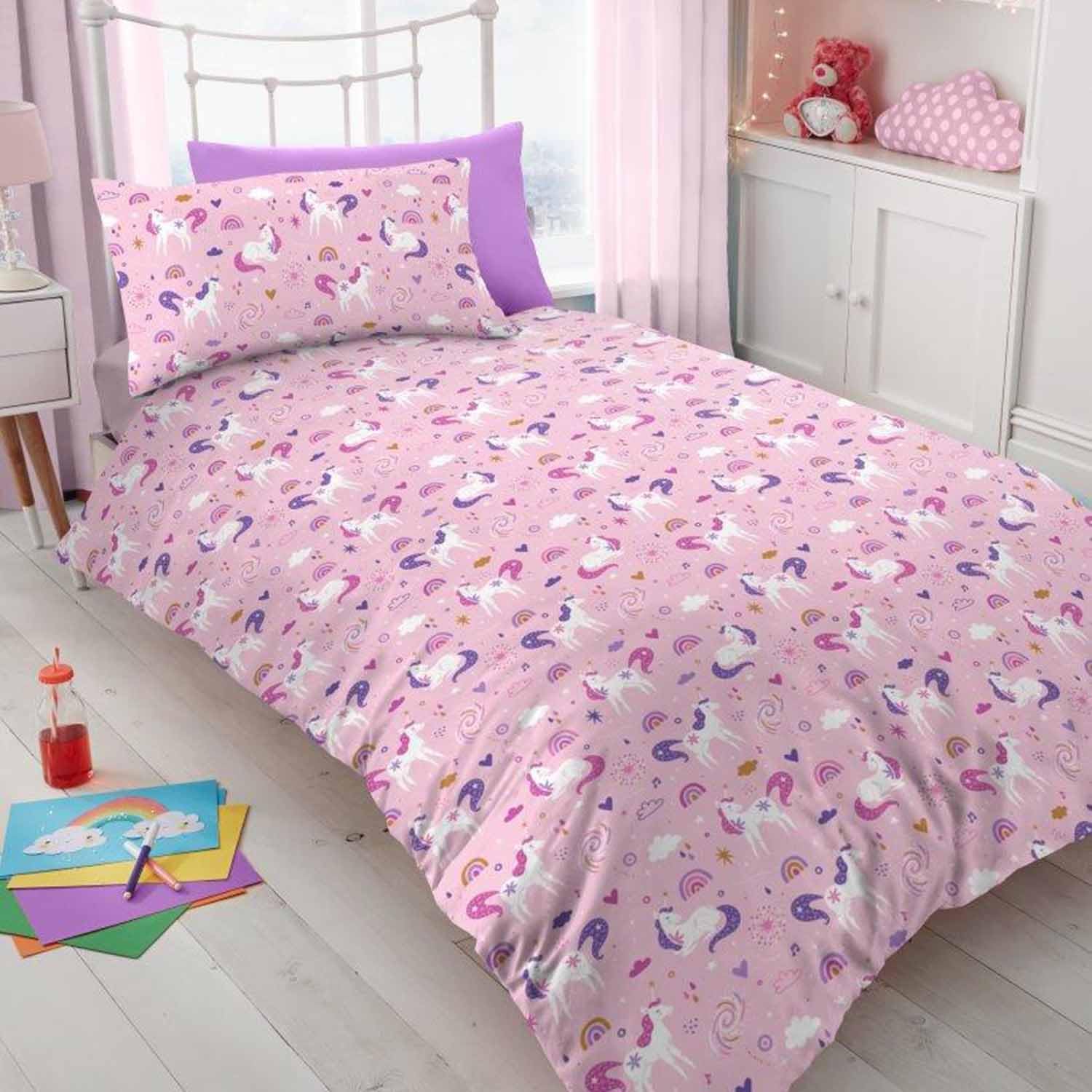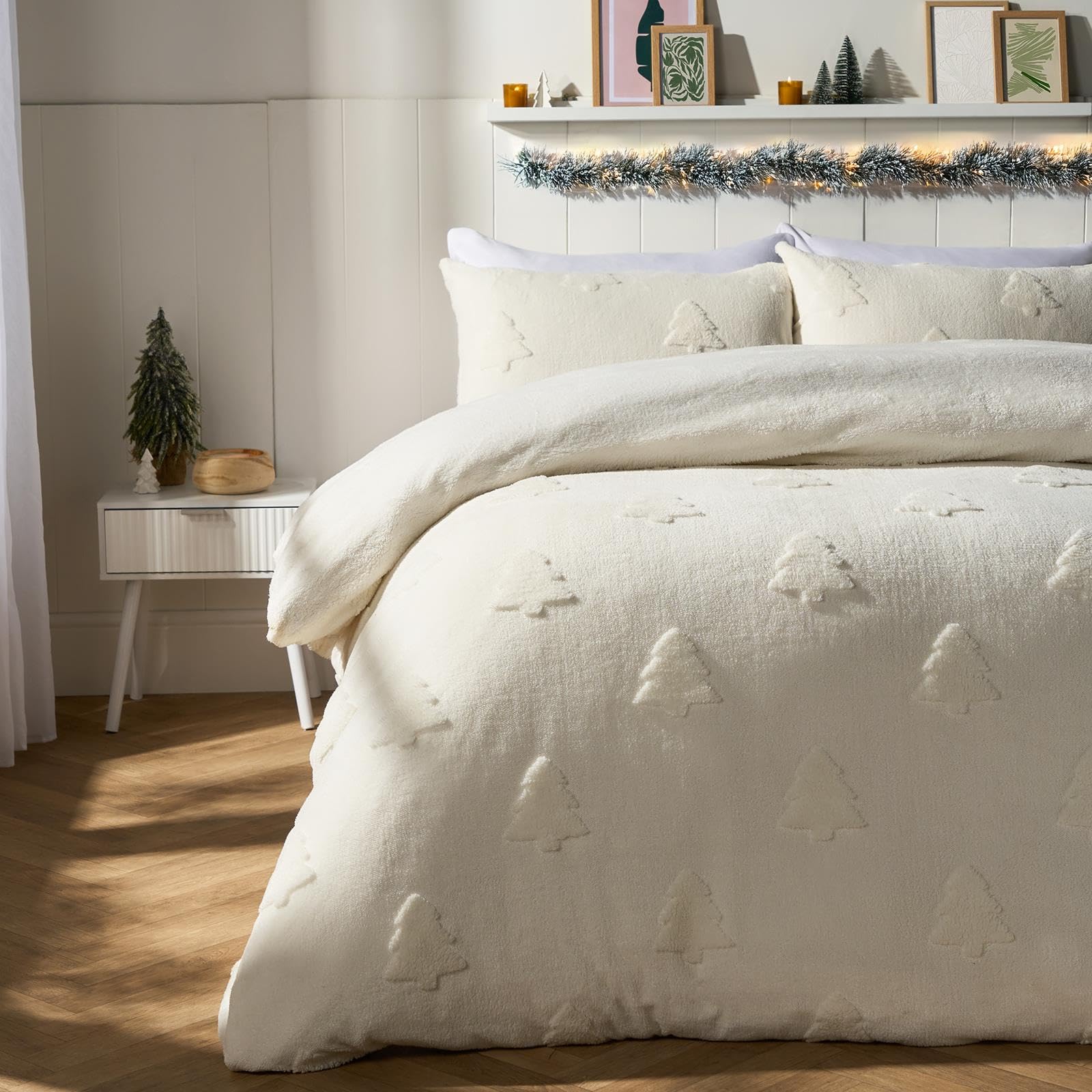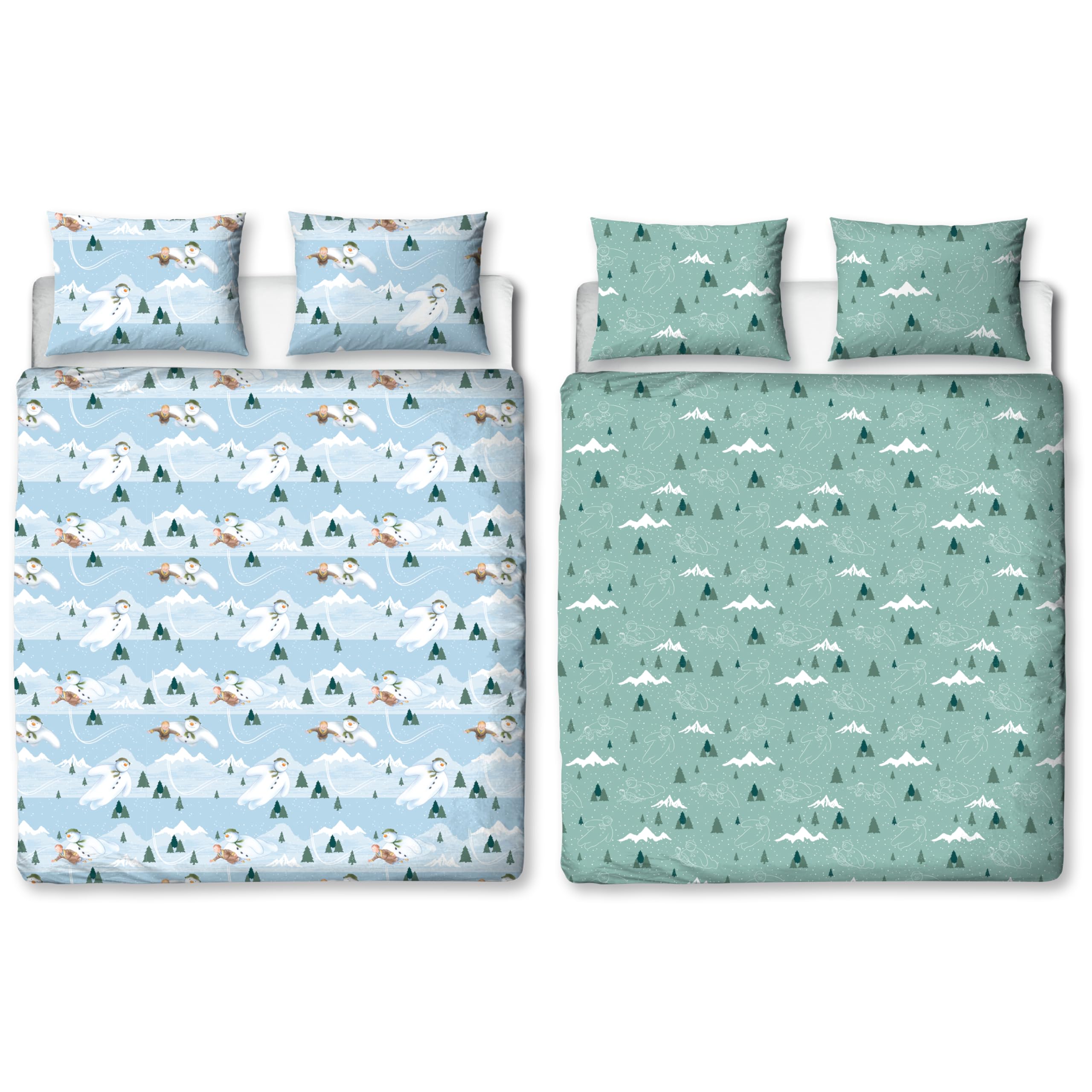Choosing a duvet tog can be confusing until you translate numbers into real bedroom comfort. In the UK, 4.5, 7, and 10.5 tog cover most of the year for many homes. This guide explains how these togs feel in typical rooms, how fill and cover affect perceived warmth, and how to pick a tog that suits your sleep style without waking hot or cold.
Seasonal warmth usually comes from duvets that balance weight and airflow in UK bedrooms.
What tog measures and what it does not
Tog measures thermal resistance. It is a lab figure that predicts how well a duvet traps heat. It does not include your room temperature, your sheets, your pyjamas, or how much you move. That is why the same duvet can feel different in two homes. Treat tog as a starting point and adjust for your setup.
How 4.5 tog feels
A 4.5 tog is a light summer duvet for many people. In a bedroom that stays near 20 degrees, it feels airy and cool. If your home holds heat or you run hot, you may prefer a sheet only on the warmest nights. In spring and autumn, a 4.5 tog can work with cosy pyjamas and a blanket at the foot of the bed for early morning chills.
How 7 tog feels
Seven tog sits between light and mid weight. It suits cooler summer nights and much of spring and autumn in well insulated homes. If you dislike the jump to 10.5 tog but need more than 4.5, seven tog is a comfortable middle ground. With crisp percale sheets and a breathable cover, it stays versatile across many weeks of the year.
How 10.5 tog feels
Ten point five tog is the workhorse for UK bedrooms in autumn and winter. In a room around 16 to 18 degrees, it feels cosy for most sleepers. In very cold rooms or for people who feel the cold, you may add a blanket or switch to a 13.5 tog. For hot sleepers, pair 10.5 with breathable sheets and lighter pyjamas to avoid heat build up.
Fill type and perceived warmth
Down feels light and drapes close, which can feel warmer at the same tog because the duvet hugs the body. Synthetic fills are a bit loftier for the same tog and can feel a touch more airy. Wool manages moisture well and feels different again, with steady warmth and less clammy feel in humid rooms. Cover fabrics matter too. Breathable cotton down proof covers feel cooler than tightly coated fabrics used in very cheap duvets.
Mix and match by season
Many households use 4.5 tog in summer, 10.5 in winter, and keep a seven tog for shoulder months or for guests. All season sets combine two layers, often 4.5 and 9 or 10.5, which you can button together for cold snaps. If you and your partner run at different temperatures, consider separate single duvets on a shared bed so each person can choose a different tog without compromise.
Sheets and pyjamas change the feel
Percale sheets and lighter pyjamas make the same tog feel cooler. Sateen sheets and brushed pyjamas make it feel warmer. In practice, a seven tog with percale can feel similar to a 10.5 tog with sateen for some sleepers. Control the whole setup rather than chasing the perfect number.
Versatile togs with breathable covers feature in duvets suited to UK seasons. A cool‑yet‑cosy bed usually pairs with percale sheets and a quiet mattress protector.
FAQs
Is 7 tog enough for winter?
Usually not, unless your room is warm and you wear cosy sleepwear. Most people prefer 10.5 or 13.5 tog for winter, depending on room temperature.
Is 10.5 tog too hot for summer?
Often yes in warm homes. Keep a 4.5 tog or a sheet only for hot nights and use 10.5 in cooler months.
Do I need different togs if I am a hot sleeper?
Use lower togs and prioritise breathable sheets and covers. A 4.5 in summer and a 7 or 10.5 in cooler months, with percale sheets, suits many hot sleepers.





